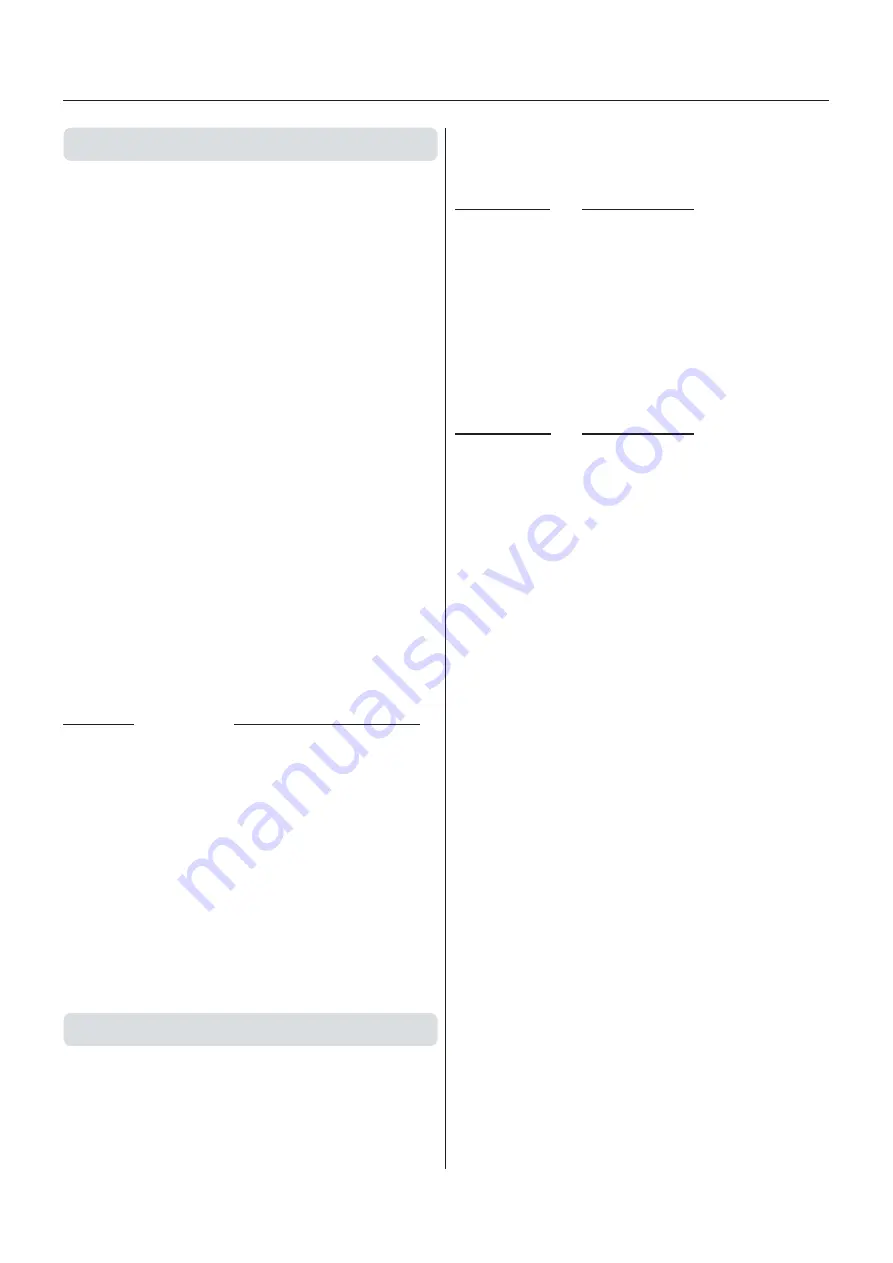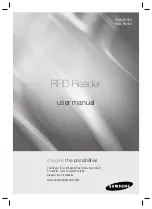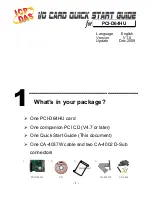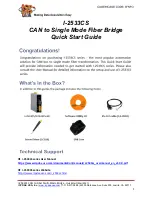
44
GB 09 01
Air Technique
A Setting of air speed, rules of thumb
Step 1
: Find the range of air speeds that can control
drift:
1.Start with the air setting at zero and keep increasing
the air speed just to the point where you can see that
the drift cloud is minimised - note minimum setting.
2.Then increase the air speed until you see drift again -
note maximum setting.
3.Now you know the range of air speeds that can be
used with minimum drift.
Bare ground / low crop
The range of air speeds is usually very small.
Taller crop
The taller the crop the wider the range of air speeds that
can reduce drift.
At higher wind speeds
More air is needed on the sprayer and it is advisable
to drive more slowly and use minimum boom height
(40 cm)/(16 in).
NOTE!
Too high air speed over bare ground/low crop
can cause reflection of the spray liquid and leave dust
on the leaves, which can again reduce the effect of the
plant protection product.
Step 2
: Set the optimal air speed within possible the
range mentions above.
Conditions
Air speed recommendations
Bare ground / low crop:
Use maximum air within the
possible range
Taller crop:
Deeper crop penetration
requires more air on the
sprayer (if you are in doubt
check with water sensitive
paper).
Forward speed:
Higher forward speeds require
more air on the sprayer.
Volume rate:
Lower volume rates require
more air assistance to avard
drift.
B Angling of air and liquid, rules of thumb
To control wind drift the influence of wind speed and
wind direction as well as the horizontal air current
around the boom due to forward speed must be mini-
mised. Because it is a sum of two forces with variable
direction and size that we have to counteract for, the
following can only be very rough guidelines.
NOTE!
Often it will be necessary to drive with two
different anglings, so the angling is changed when
changing driving direction after turning at the headland.
Wind direction
Angle / air speed
Head wind:
Angle forward
Down wind:
Angle back (if the forward speed is
higher than the wind speed: angle
forward)
Side wind /
No wind:
Angle vertical or back. Only high
forward speeds may require forward
angling.
Crop condition
Angle / air speed
Bare ground/
low vegetation:
Low air speed and angling back will
often be the best setting to avoid
reflection of spray liquid.
Dense crop:
The angling feature is ideal to
help opening the canopy and im
prove penetration. If you follow the
crop movement as you are varying
the angling you will find that at certain
settings the crop will open more for
penetration.
If wind speed, wind direction or for some reason forward
speed changes during spraying the optimum angling is
likely to change too. Be aware that with certain combina-
tions of air speed and angling you can close or flatten
the crop and make penetration impossible - follow the
crop movement intensively especially when setting the
air assistance and keep an eye on the crop all through
the application.
NOTE!
It is most important that the sprayer operator is familiar
with the above rules of thumb before using the TWIN
sprayer
All volume rates, pressures and air adjustments stated
in the following tables are, of course, guiding. Special
conditions regarding climate, crop quality, spraying time
and applied chemical can change the procedure. The
tables are showing practice in northern Europe, and
conditions may be very different in other countries. If you
want some local advice you are very welcome to contact
the TWIN application expert at the HARDI importer or
daughter company in your country
The volume rate can generally be reduced to half of
what is applied with a conventional sprayer, but with a
minimum of 50-60 l/ha at 7-8 km/h (5.5-6.5 GPA at 4.5-5
















































